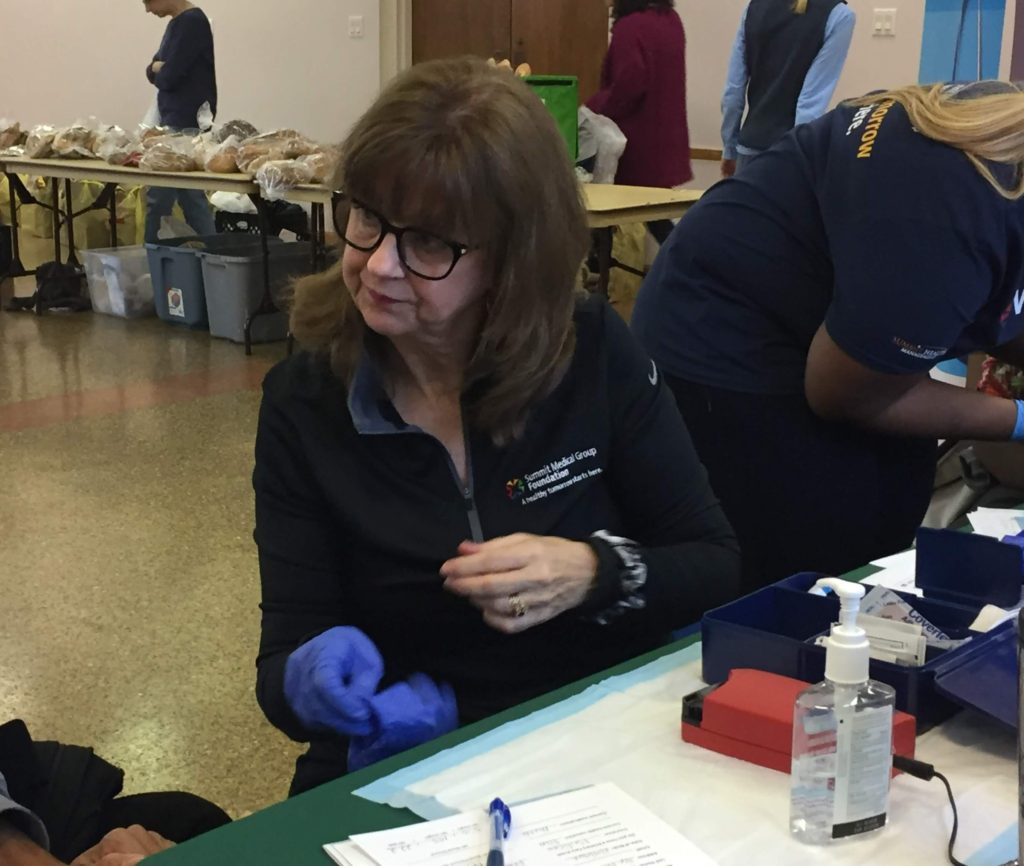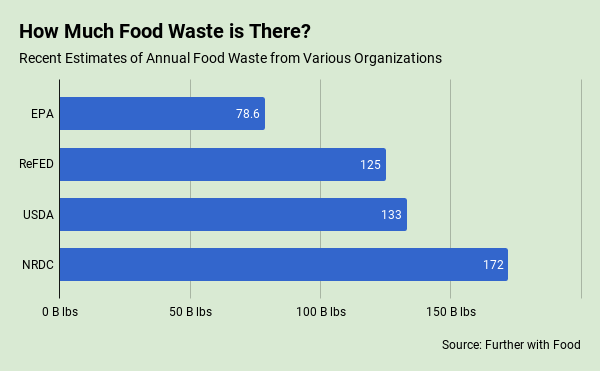When Anna Trautwein looks back on a program aimed at improving the health of diabetic food-pantry clients in Essex County, N.J., she sees some stand-out success stories: the handful of people who lost a significant amount of weight; the few who were able to wean themselves off some prescription drugs;…
Food Bank News
It took a small army of volunteers and years of outreach, but the Ohio Association of Foodbanks has reached a remarkable milestone in its ongoing effort to connect people to government benefits and tax credits they are due. After more than 12 years, the association can point to nearly $2…
As the government shutdown grinds on, strategies for serving furloughed employees are top of mind for the nation’s food banks, even as uncertainty mounts over the future of SNAP payments. Many food banks are treating the slowly unfolding crisis of the shutdown much as they would a natural disaster —…
The USDA saved the day when it announced on January 8, that SNAP benefits would be available through February, despite the government shutdown. But the technique it is using to make benefits available in February will not be possible in March, raising the specter of severe hardship for millions of…
There is a new category of food distribution in the works, and the San Francisco-Marin Food Bank is helping to define it. Rooted in the concept of food as medicine, SFMFB is working with the San Francisco Department of Public Health to develop a network of “food pharmacies,” which look…
It’s fair to say that food banks have a bit of a love-hate relationship with food drives. While they are great for engaging the community and bringing in much-needed food, they are less cost-efficient than cash and can generate heaps of work on the back end in terms of checking…
The head of the FDA put the transformative impact of good nutrition into perspective when he said in a March 2018 speech that the public health gains of improved diet “would almost certainly dwarf any single medical innovation or intervention we could discover.” Who knew that one of the most…
There is a running motif in Jose Andres’ illuminating book, We Fed an Island, in which Andres and his crew enter through the backdoor of the Puerto Rico Convention Center so they can take part in official meetings about restoring order after Hurricane Maria. Andres has no invitation nor security…
Anyone who’s ever contemplated an all-you-can-eat buffet can easily imagine the epic amounts of food that get wasted every day at every level of the food system — at restaurants, grocery stores, schools, cafeterias, and homes. And that’s not counting the food wasted by farms, manufacturers, and distributors before it…








